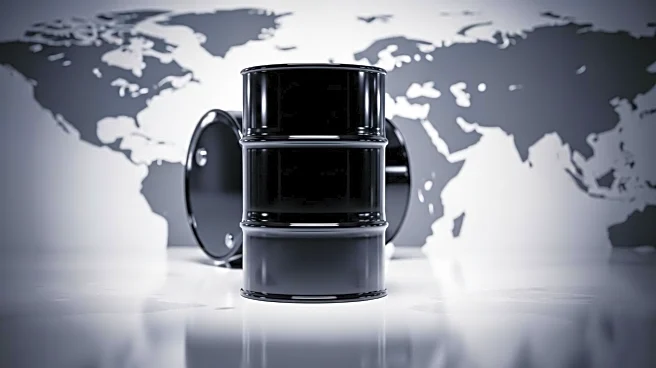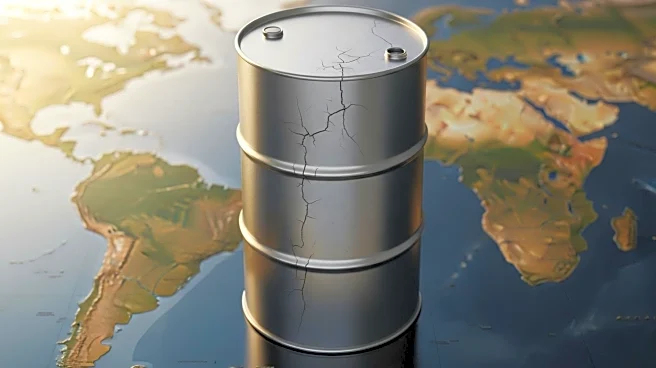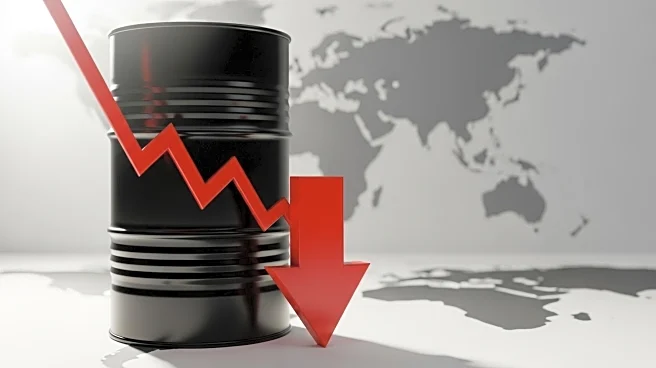What's Happening?
OPEC+ is expected to maintain current production levels during its upcoming meeting, as the group assesses market conditions following a recent surge in output. The International Energy Agency (IEA) has warned of a potential global oil oversupply, projecting that supply will exceed demand by nearly 3 million barrels per day (bpd) in 2026. This imbalance is due to increased OPEC+ output and rising supply from non-OPEC producers, including the U.S., Canada, Brazil, and Guyana. Despite these growing supplies, global demand growth is expected to remain subdued. A Bloomberg survey revealed that most traders and analysts anticipate OPEC+ will not increase production further in October, reflecting a strategic pause to monitor market dynamics.
Why It's Important?
The decision to maintain output levels is significant for global oil markets, as it aims to prevent a supply glut that could depress prices and revenues for oil-producing nations. The price decline has benefited consumers, particularly in the U.S., where lower fuel costs are welcomed. However, it poses revenue risks for oil-producing countries, especially those in the Gulf. The ongoing tension between maintaining market share and avoiding a surplus highlights the delicate balance OPEC+ must navigate to stabilize the market.
What's Next?
Analysts suggest that OPEC+ may need to reintroduce production cuts in 2026 to prevent a significant surplus. The focus will be on maintaining a balanced market rather than aggressively expanding supply, with potential adjustments depending on evolving conditions.
Beyond the Headlines
The geopolitical implications of OPEC+'s decisions could affect international relations and energy policies. As oil prices fluctuate, countries may reassess their energy strategies and explore alternative sources to ensure energy security.












